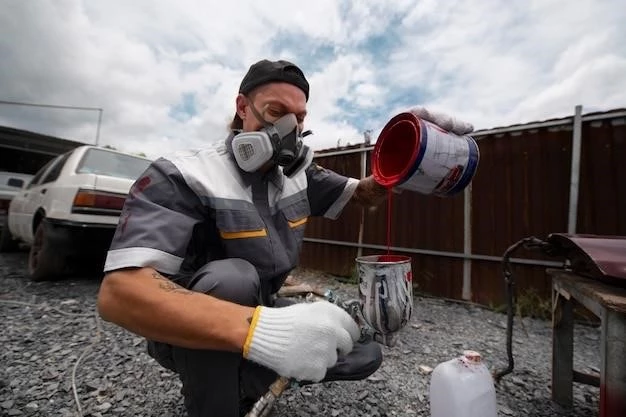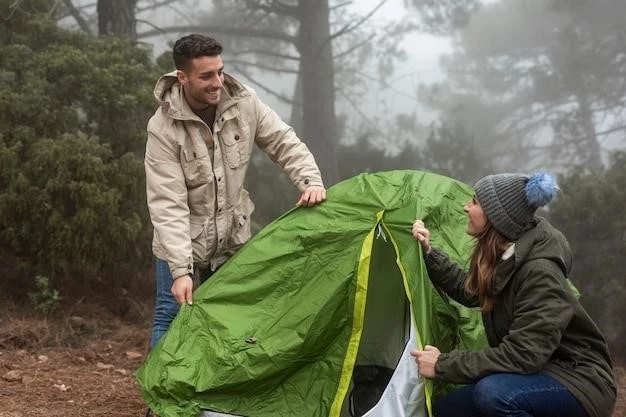Preparing for the Unexpected: Natural Disaster Safety Tips
Living in a seismically active region, I’ve always known the importance of being prepared for natural disasters. It wasn’t until I experienced a significant earthquake firsthand that the true weight of preparedness settled upon me. The ground shook, objects tumbled, and a sense of uncertainty filled the air. Fortunately, the steps I had taken beforehand helped me navigate the situation with a calmer mind; Let me share my experience and some essential tips to help you prepare for the unexpected.
1. Know Your Risks
Different geographical areas are prone to different types of natural disasters. I live in California, so earthquakes are a significant concern. I made sure to research common hazards in my area, which also include wildfires and the occasional flash flood. Understanding the specific risks helped me tailor my preparedness plan accordingly.

2. Build an Emergency Kit
After that earthquake, I realized the importance of a well-stocked emergency kit. I gathered enough supplies to last my family and me at least 72 hours. Here’s what I included:
- Water: One gallon per person per day
- Food: Non-perishable items like canned goods, energy bars, and dried fruit
- First Aid Kit: Bandages, antiseptic wipes, pain relievers, and any personal medications
- Flashlight: With extra batteries, of course!
- Radio: A hand-crank weather radio is essential for staying informed
- Whistle: To signal for help if needed
- Cash: ATMs may not be functional during emergencies
- Copies of Important Documents: Insurance policies, identification, and medical information
I store my kit in a sturdy, waterproof container in an easily accessible location. I also make sure to check and replenish the supplies every six months to ensure everything is fresh and usable.
3. Create a Communication Plan
During the earthquake, phone lines were jammed, and it was difficult to reach family members. Following that experience, I established a communication plan. I designated an out-of-state contact who could relay information if local communication was disrupted. We also keep a list of important phone numbers in our emergency kits and programmed into our phones.
4. Secure Your Home
Part of my preparedness efforts involves mitigating potential damage to my home. I secured heavy furniture to the walls to prevent toppling during earthquakes. I also trimmed tree branches near my house to reduce the risk of them falling during storms. These simple steps can significantly minimize damage and increase safety.
5. Practice, Practice, Practice!
Having a plan is one thing, but knowing how to execute it under pressure is crucial. I conduct regular family drills, practicing different scenarios like earthquake evacuations and finding safe spots during a storm. We also review our communication plan and ensure everyone knows their roles. These drills have proven invaluable in building our confidence and preparedness.

6. Stay Informed
I’ve learned the importance of staying informed about weather forecasts and potential hazards. I monitor weather reports, sign up for emergency alerts from local authorities, and follow relevant social media channels. Being aware of potential threats allows me to take proactive measures and stay ahead of the curve.
7. Help Your Community
Preparedness isn’t just about individual safety; it’s about looking out for each other. I’ve volunteered with local organizations involved in disaster preparedness and response. Helping others prepare for emergencies strengthens our community bonds and ensures a more resilient collective response.
8. Don’t Forget Your Pets
As a pet owner, I’ve learned to factor my furry companion into my preparedness plans. I keep extra food, water, and medications in my emergency kit specifically for my dog. I also have a plan for their evacuation and ensure they are microchipped and wearing identification tags.
9. Learn Basic First Aid and CPR
Knowing basic first aid and CPR can be lifesaving in emergencies. I took a certified course to learn these skills. It’s empowering to know I can provide immediate assistance to injured individuals until professional help arrives.
10. Review and Update Regularly
Preparedness is an ongoing process, not a one-time task; I regularly review and update my emergency plans and kits, especially after major life changes like moving or welcoming a new family member. This ensures my plans remain relevant and effective.
Conclusion
Experiencing a natural disaster firsthand was a stark reminder of the unpredictable nature of life. However, the steps I had taken beforehand to prepare provided a sense of calm and control amidst the chaos. By taking the time to understand your risks, create a plan, and equip yourself with the necessary knowledge and supplies, you can face the unexpected with greater confidence and resilience; Remember, preparedness is an investment in your safety and the well-being of your loved ones.










